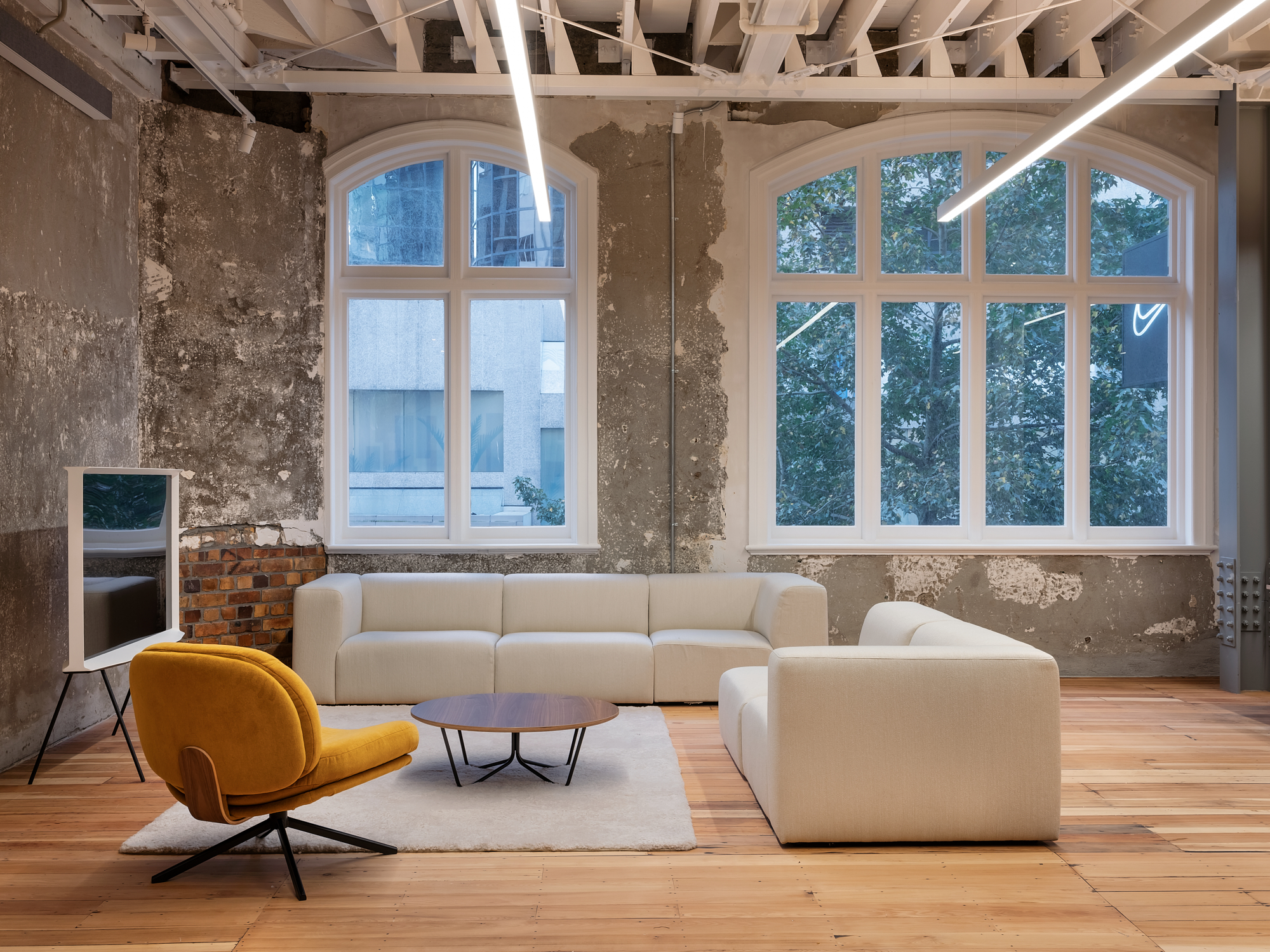Morton Property Group originally purchased the two heritage buildings at 228 Queen Street and 3 Lorne Street, back in 1996. Both assets were in poor condition and the company substantially refurbished them at that time.
Morton Property portfolio manager, Sam Winstone, says over the years long-term tenants left their mark. Preserving that former architectural fabric and showing leadership in the green building space with low carbon adaptive reuse - propelled the HB Central project.
Essentials
Name: HB Central
What: Two heritage buildings combined and repurposed into a single form mixed-use property comprising prime retail frontage on Queen St (900 square metres), offices and hospitality fronting Lorne St (2000 square metres). Connected by a central lightwell and circulation, each of the five office levels includes meeting rooms, curated workspaces, social hubs and kitchens. A rooftop terrace provides further amenity for tenants.
History: Established in 1880 and 1914, the two original buildings were once the headquarters for the Bendix Hallenstein’s clothing label Hallenstein Brothers.
Tenants: 8 office , 2 retail, 1 hospitality.
Number of people working in the building daily: 120 to 200 people.
Address: 228 Queen Street and 3 Lorne Street, Tāmaki Makaurau Auckland.
Project Snapshot
Owner: Morton Property Group
Owner profile: A six-decade family business with an investment portfolio of commercial properties primarily in Auckland. Sustainability is instrumental to its strategic vision and investing. Its head office (2009) was one of the first Green Star design rated projects in Aotearoa
Architect: Warren and Mahoney
Main contractor: LT McGuinness
GSAP: Fatma Abdelaal, Mott MacDonald
Building services engineer: Mott MacDonald
Structural engineer: Jensen McArley & Associates
Project manager: RCP
Project timeline: mid 2020 - project design commenced: March 2023 - construction completed
Project certification: 5 Green Star – Design Review rating (May 2023)
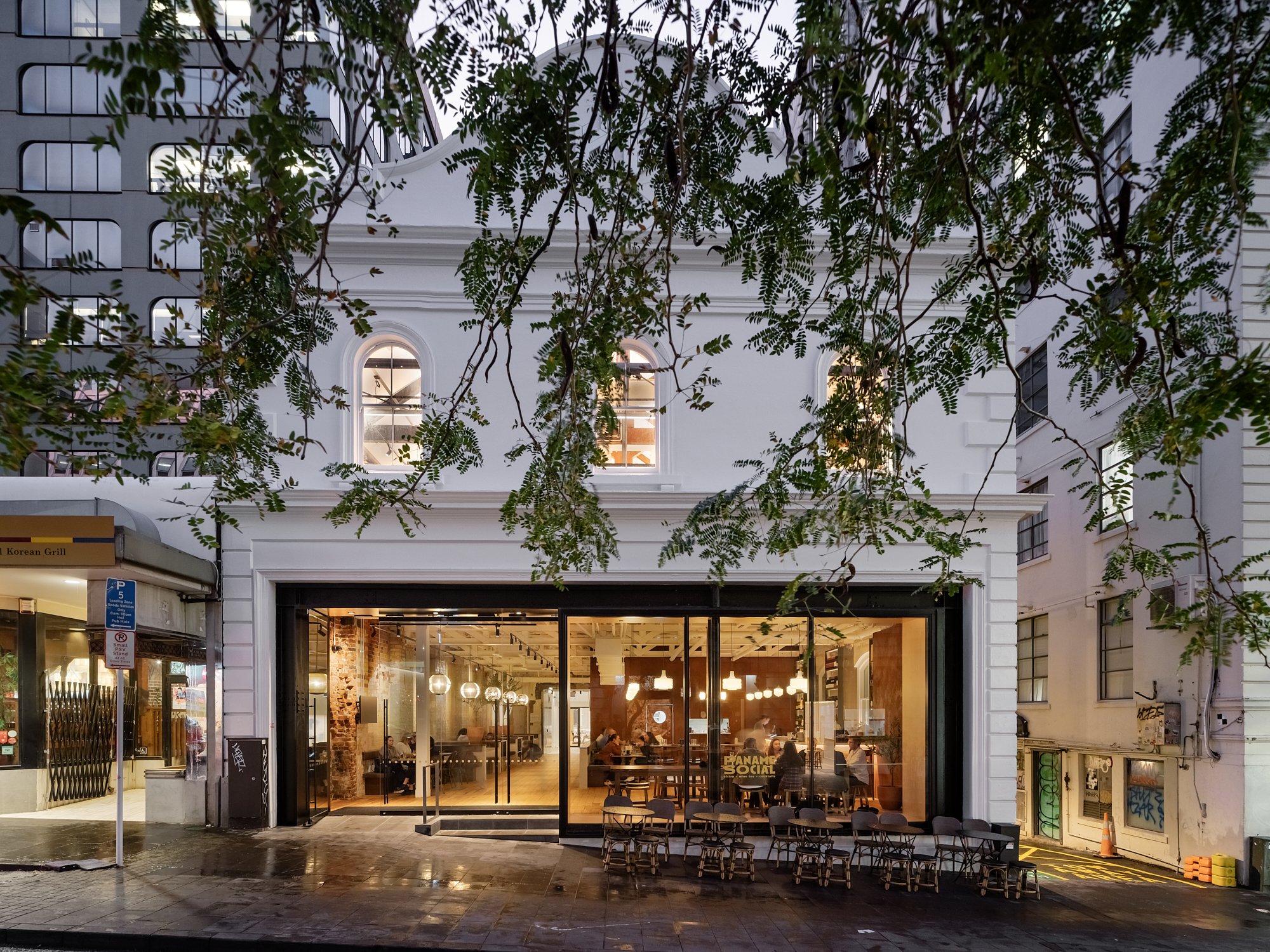
“For many years the upper floors of the property were occupied by the National Bank and you can now see its large walk-in safes on each level. Everywhere you look there are remnants of its former life. The beautiful murals in the basement painted when it was a pool hall in the 1970s or the fireplaces in each corner of the building which once provided warmth to the many small businesses that had their offices here,” says Morton.
Sam says Morton Property’s deliberations over the future of the heritage premises were triggered by the departure of a long-term tenant in 2020.
“One consideration was retaining the facade and demolishing the remainder of the building and we undertook analysis on a 15 level redevelopment incorporating either offices or apartments. However through the process we felt protecting, reusing and enhancing what we had was a more important outcome,” says Sam.
From the outset those plans to protect, reuse and enhance were underpinned by more sustainable redevelopment outcomes and a Green Star rating.
“We felt that in order to deliver our sustainability objectives for the project and our business that Green Star was the most recognised method,” says Sam.
“We all need a reliable and well understood tool to keep pushing the industry forward. Green Star facilitates meaningful comparison between different design approaches. For example, if we use this flooring product what does that mean for our acoustic performance and sustainable products score? Green Star makes you ask questions during the design process. On top of that it’s a measurable comparison among buildings so tenants can make meaningful decisions.”
Sam says Green Star has also provided a framework for fine-tuning the energy performance of HB Central.
“We are still in the building tuning phase which has been a really rewarding process for making improvements to the building’s operation which wouldn’t have been picked up without the discipline Green Star brings to a project.”
That refining has resulted in big gains in energy savings through adjustment of the lighting scheduling and output levels - without impacting occupancy experience.
“Our Building Management System has also alerted us to the fact that the rain water tanks weren’t configured optimally - so we’ve been able to address this issue so we can now recycle substantially more water.”
Sam says receiving a 5 Green Star rating for HB Central has been a great moment.
“We are really excited and relieved. For a small business like ours Green Star does add additional cost, time and complexity to a project so it is fantastic to know that the hard work is worth it and our occupants will benefit from that hard work for years to come.”
Those occupancy benefits are already tangible.
“From the moment you walk into HB Central you feel good. One tenant said they want to live here and that sums up the ethos of the project – that people really want to be here in this authentic environment. Another tenant says they’ve suffered daily headaches at their previous workplace - probably through poor lighting or factors including access to fresh air supply. Now they feel great,” says Sam.
“I think it shows us that in an age of digital devices and a myriad distractions pulling us in all directions, we shouldn’t underestimate the power of beautiful green design to promote happiness and wellbeing.”
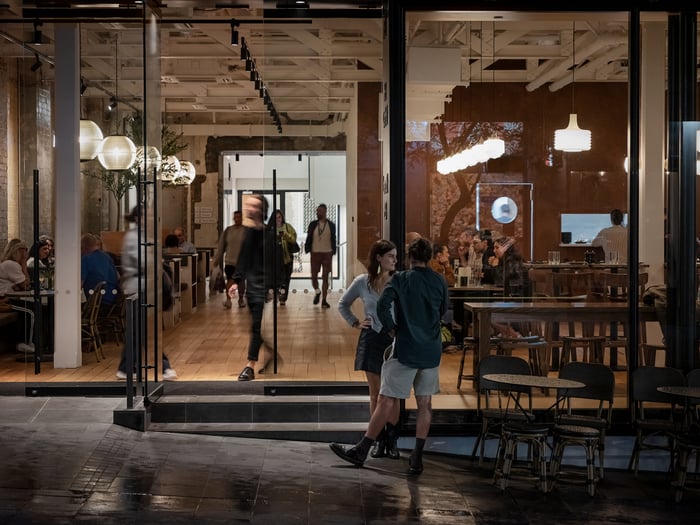
Warren and Mahoney principal, Michael Mason, says from the commencement of the project the design trajectory focused on upcycling and reutilisation of two richly historic buildings, preserving their fabric to reduce embodied carbon usage.
“This is now a modern mixed-use property and is an exemplar of building reuse. It demonstrates the potential of strategic intervention to repurpose buildings in poor condition - and in doing so to contribute positively to both urban the environment and play a part in the mission to mitigate climate change.”
“The HB Central redevelopment gives a new lease of life to an important part of Auckland’s CBD building history,” says Michael.
Project GSAP of Mott MacDonald, Fatma Abdelaal, says the project’s 5 Green Star rating results from a successful integration of sustainability initiatives which has extended the life of an historic building.
“The project has unlocked the building’s potential by upgrading its environmental performance and reducing its impacts on climate change.”
Fatma says by retaining over 85 percent of the building’s facade and 90 percent of its structure, embodied carbon emissions have been reduced and largescale environmental savings have been made - compared with the option of demolition and rebuilding.
“Having knowledge of designing a green building is common practice nowadays but the challenge is to effectively renovate an existing building and improve its environmental performance. For this reason HB Central sets an example of renovating existing buildings in the New Zealand building sector.”
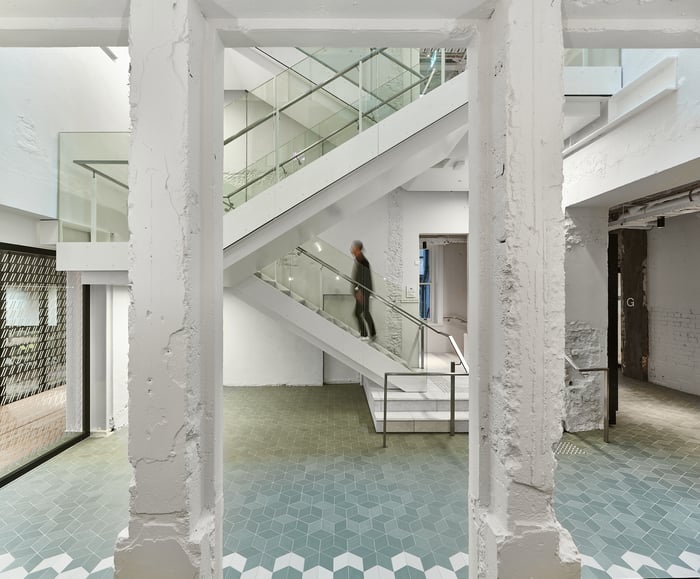
Fatma says the project has created a balance between developing characterful spaces for occupants and safeguarding heritage values in Auckland’s inner-city landscape.
- over 70 percent of construction and demolition waste was diverted from landfill
- a commitment to reduce the end-of-life waste by 85 percent
- seismic upgrades have increased the building's durability and resiliency
- upgraded building services with new technologies - smart meters, submeters and monitoring systems - to reduce energy and waste consumption
- over 20 percent of materials used for the renovation of the base building and fitout are sustainably sourced
Main contractor for the project, LT McGuinness quantity surveyor James Cotton, says while the constricted inner-city location, building age and design provided some complex challenges - the final product is exceptional.
“It’s a fantastic example of building refurbishment and repurposing. For us the biggest highlight has been avoiding the creation of waste by keeping not only the façade - but most of the existing structure including walls, window, floors and roof,” he says.
“LTM is lucky to be working on many Green Star projects but HB Central stands out through the benefits of building reuse with greatly reduced waste to landfill and emissions from new materials whilst simultaneously restoring a beautiful heritage building.”
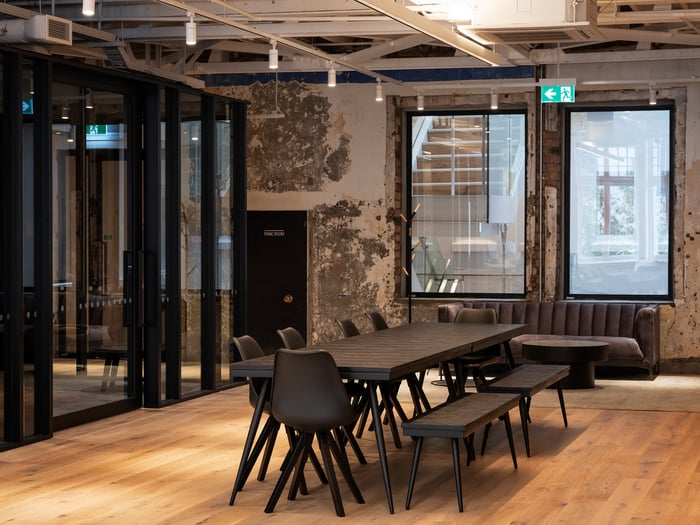
James says the construction team was excited to be part of a project stiving for positive green outcomes and the uptake of a green project on site was inspiring.
“The 5 Green Star goal has been positive for the project team overall and a particular highlight has been the Green Star credit for High Quality Staff Support. We championed this initiative with subscriptions for all key staff and subcontractors (100 subscriptions) to the Headspace App. The app helped to reduce stress, increase mindfulness and even improve sleep amongst the team.”
Meanwhile Morton Property portfolio manager, Sam Winstone, says the success of HB Central in the marketplace can be measured by demand for tenancies.
“We virtually fully let the building prior to completing construction at a time when Auckland CBD was really struggling with high vacancy - particularly in mid-town.”
He believes the quality of our workplaces in Aotearoa is increasingly important. “It is no longer just a place to work but it is a place that can improve occupancy health and well-being, it can attract staff and win clients.”
Sam says in a world where we are working from home on a more regular basis office culture is ever more important.
“Repurposing an historic structure into a modern, green, healthy workplace with architectural beauty has created a genuine office experience which fosters a dynamic and progressive culture.”
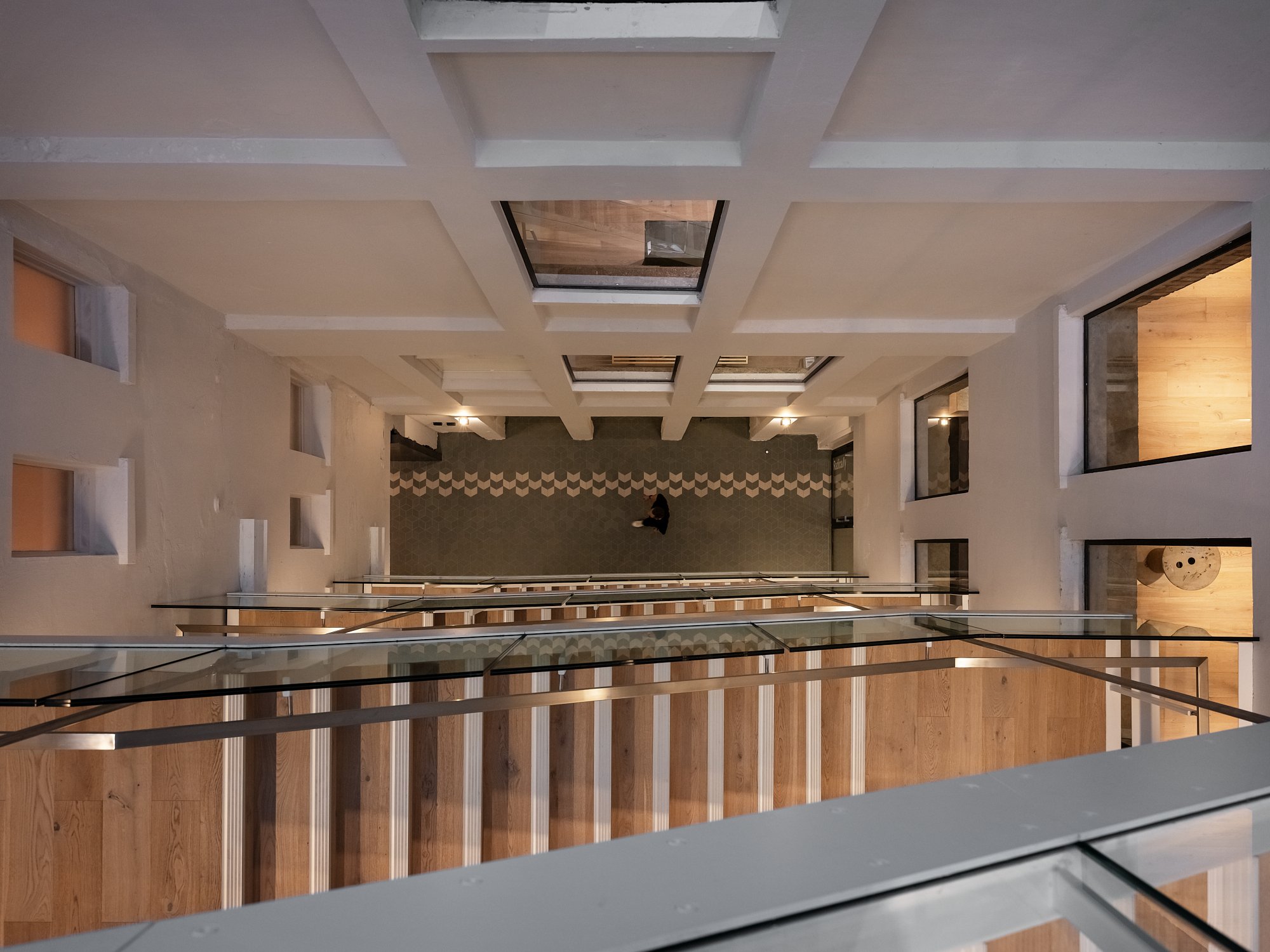
Green features include:
- building reuse.
- significant façade retention.
- energy-efficient HVAC systems and VRV air conditioning.
- rainwater harvesting system to collect and reuse rainwater for toilet flushing.
- water-efficient fixtures and fittings.
- low VOC materials.
- green cleaning.
- sustainable procurement and purchasing.
- no new carparks.
- end of trip facilities.
- project location achieves a high walk score.
Technical features include:
- estimated 29 percent reduction in operational energy consumption - lowering operational costs of the building's heating, cooling and lighting
- predicted reduction in GHG emissions of at least 40 percent compared to a standard building.
- predicted water consumption to be less than 43 percent less than reference building.
- at least 80 percent of the building’s gross floor area is covered by a commitment to set measure and report on its environmental performance
- electrical and water metering and monitoring.
- earthquake resilience – Low Damage Design Analysis undertaken
- internal ambient noise levels suited to the activities in the rooms of the building.
